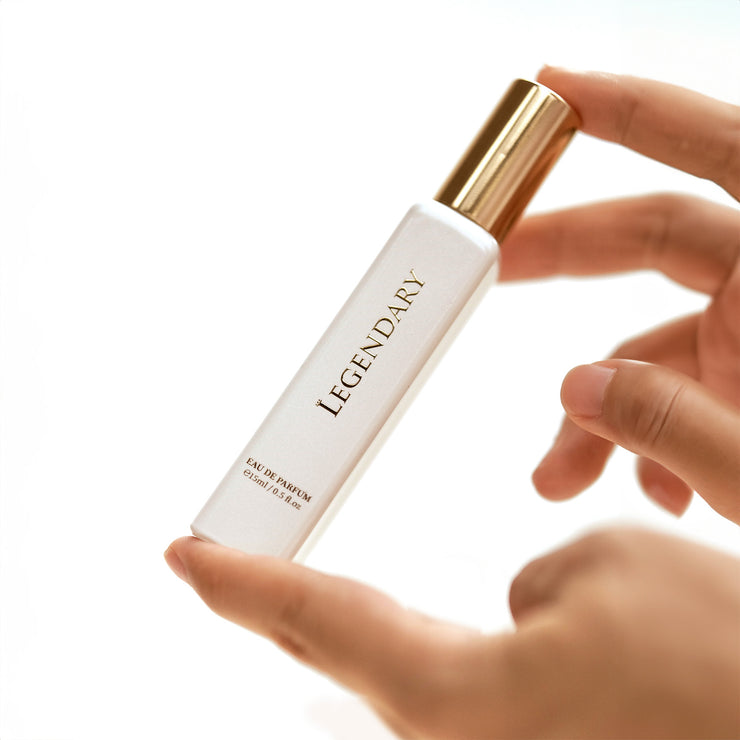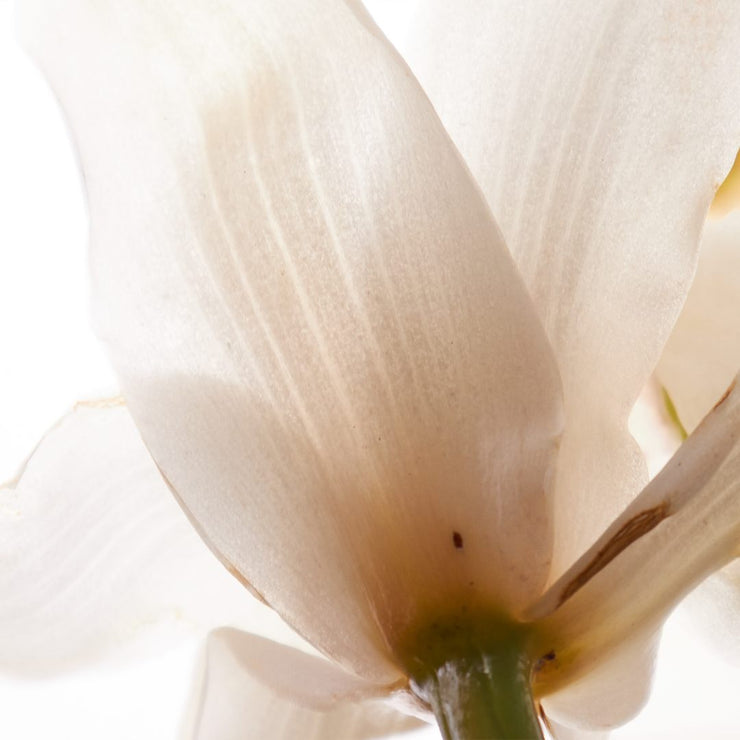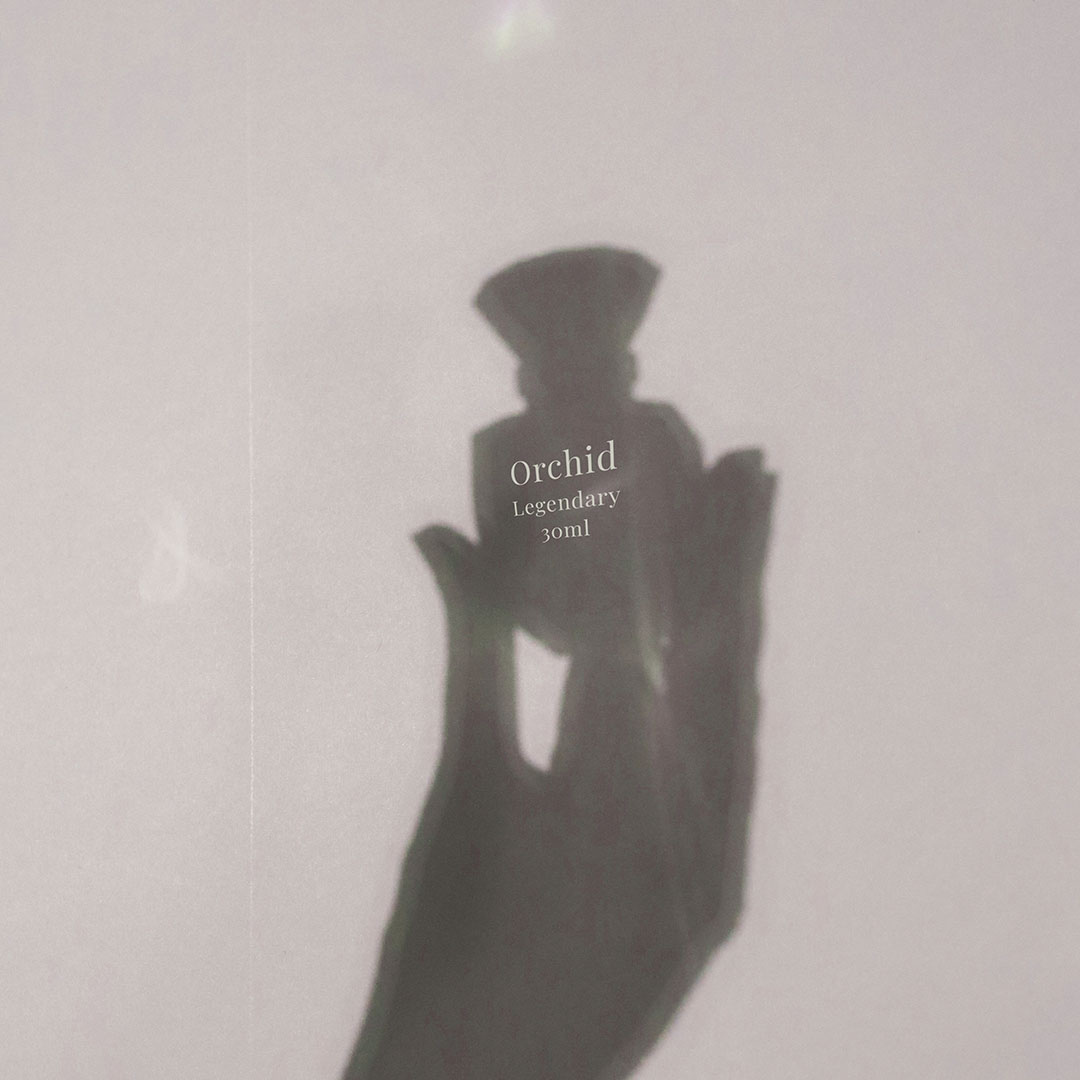Apakah Anda memperhatikan parfum Anda memudar hanya beberapa jam setelah mengaplikasikannya? Anda tidak sendirian. Kabar baiknya, solusinya tidak rumit! Mulai dari menyemprotkan pada titik yang tepat hingga mengombinasikan dengan losion, berikut adalah tips praktis untuk menjaga aroma favorit Anda tetap segar dan wangi sepanjang hari.
01 Pelembap Dulu, Parfum Kemudian
Kulit yang terhidrasi dengan baik memungkinkan molekul parfum menempel lebih efektif, mengurangi tingkat penguapan. Kulit kering, di sisi lain, membuat parfum menguap lebih cepat karena kurangnya kelembapan yang dapat “menahan” aroma (Hadjiefstathiou dkk., 2025).
💡 Tips: Semprotkan parfum segera setelah mandi saat kulit masih sedikit lembap, atau oleskan losion tanpa aroma sebelum menyemprotkan parfum.
Seperti yang dijelaskan oleh Octivia Morgan, pendiri dan CEO Octavia Morgan Los Angeles, dalam InStyle (2025): "Kulit yang terhidrasi dengan baik bertindak sebagai permukaan halus dan sedikit lengket, membantu aroma menempel. Kulit kering cenderung memiliki tekstur kasar dan retakan mikroskopis, membuat aroma menguap lebih cepat.”
Dengan memastikan kulit Anda terhidrasi, Anda tidak hanya meningkatkan retensi aroma secara keseluruhan tetapi juga membuat proyeksi aroma Anda lebih konsisten sepanjang hari.
02 Semprotkan Parfum pada Titik yang Tepat
Menyemprotkan parfum pada titik nadi (leher, pergelangan tangan, dan belakang telinga) umum dilakukan karena area ini mengeluarkan panas tubuh yang membantu mengaktifkan molekul parfum dan memperkuat aroma. Namun, hal ini terkadang membuat parfum cepat menguap karena evaporasi yang lebih cepat (Teixeira, 2009).
Manajer Pengembangan Produk di Granado, Débora Xavier, merekomendasikan pendekatan yang seimbang
Dengan mengaplikasikan parfum pada titik nadi yang hangat untuk kinerja dan area yang lebih dingin (lengan bawah atau dada atas) untuk ketahanan (InStyle, 2025). Dengan cara ini, Anda mendapatkan dua keuntungan sekaligus: penyebaran aroma yang kuat dan ketahanan yang lebih baik sepanjang hari.
Untuk panduan cepat dan mudah, tabel di bawah ini menunjukkan area terbaik untuk mengaplikasikan parfum agar tahan lama:
| Area Aplikasi | Pengaruh terhadap Aroma | Cocok Untuk |
| Leher & Pergelangan Tangan | Panas mengaktifkan molekul aroma, memperkuat proyeksi aroma tetapi mungkin memudar lebih cepat | Proyeksi yang kuat & dampak awal yang kuat |
| Di Belakang Telinga | Membentuk jejak aroma halus di dekat orang lain | Interaksi yang dekat |
| Lengan Bawah & Dada Atas | Daerah yang lebih dingin, penguapan yang lebih lambat, membantu parfum bertahan lebih lama | Wangi yang tahan lama |
03 Mekanisme Kimia Ketahanan Aroma
Aroma terdiri dari tiga lapisan nada yang menentukan bagaimana aroma tersebut tercium dan seberapa lama aromanya bertahan. Struktur ini didasarkan pada berat molekul masing-masing bahan:
- Top notes terbuat dari molekul yang lebih ringan dan menguap dengan cepat. Mereka menciptakan kesan pertama dari sebuah aroma tetapi memudar dalam hitungan menit hingga satu jam.
- Heart notes (middle notes) terdiri dari molekul berberat sedang, memberikan karakter utama parfum dan bertahan selama beberapa jam.
- Base notes terdiri dari molekul yang lebih berat dan menguap lebih lambat. Mereka memberikan kedalaman, kekayaan, dan ketahanan, seringkali bertahan di kulit sepanjang hari.
Seperti yang dijelaskan Xavier dalam InStyle (2025):
“Semakin banyak kandungan heart dan base notes dalam sebuah parfum, semakin lama parfum tersebut bertahan di kulit. Parfum yang didominasi oleh top notes ringan cenderung memiliki waktu penggunaan yang lebih singkat karena menguap lebih cepat.”
Dia juga menyoroti bahwa konsentrasi minyak secara langsung memengaruhi ketahanan:
“Dengan konsentrasi yang lebih tinggi, dasar parfum mengandung lebih sedikit alkohol dan air, serta lebih banyak minyak, yang berarti menguap lebih lambat dan bertahan lebih lama di kulit.”
04 Cara Menyimpan Parfum dengan Benar
Parfum bersifat sensitif: baik minyak wangi alami maupun buatan rentan terhadap panas, oksigen, dan cahaya (Sousa et al., 2022).
- Oksigen & Paparan Udara: Musuh Utama Parfum
Senyawa aroma mengalami oksidasi saat terpapar udara selama penyimpanan. Hal ini menghasilkan hidroperoksida dan efek samping tidak stabil lainnya, yang mengubah aroma dan keamanan (Christensson et al., 2013). - Cahaya & Fotodegradasi: Sinar UV Merusak Parfum
Sinar ultraviolet (UV) atau sinar matahari langsung merusak molekul parfum, mengubah stabilitas, warna, dan aroma. (Niu et al., 2025 & Ozaki et al., 2021). - Suhu: Panas Mempercepat Penuaan Parfum
Suhu tinggi mempercepat degradasi dan menghancurkan senyawa minor. Meskipun hadir dalam jumlah kecil, senyawa ini menambahkan sentuhan akhir yang menciptakan nuansa halus seperti kilauan jeruk segar atau sentuhan hijau herbal. Tanpa mereka, wewangian dapat terasa lebih datar dan kurang hidup (Ganosi et al., 2023).
Francis Kurkdjian, perancang parfum Prancis-Armenia pemenang penghargaan, menjelaskan dalam Vogue (2024): “Parfum hampir seperti organisme hidup – sangat sensitif terhadap perubahan lingkungan. Perubahan suhu dapat memicu reaksi kimia yang mempercepat penuaan parfum. Aroma segar seperti jeruk atau patchouli mentah mungkin terasa datar, sementara sinar ultraviolet bahkan dapat mengubah warna parfum dari amber menjadi hijau.”
💡Tips: Para pakar seperti Kurdijian dan Xavier menyarankan untuk menyimpan parfum pada suhu ruangan atau di dalam lemari es (tetapi jangan di pintu lemari es, karena suhu di sana sering berubah-ubah).
05 Padukan Aroma Melalui Teknik Layering
Menggunakan lotion, sabun mandi, dan parfum dari keluarga aroma yang sama menciptakan dasar yang kuat. Hal ini memungkinkan aroma meresap ke dalam kulit secara lebih efektif, membantu aroma berkembang secara halus dan bertahan lebih lama. Seperti yang dijelaskan oleh ahli parfum Morgan:
“Teknik layering membuat minyak aromatik terperangkap dalam lapisan pelindung kelembapan kulit, memperpanjang daya tahan dan proyeksi aroma sepanjang hari.”
Ahli parfum Morgan dan Pia Long, pendiri bersama Olfiction Limited, berbagi tips praktis tentang cara melapis parfum:
- Semprotkan setiap parfum pada kertas tes atau karton tebal untuk menguji kombinasi tanpa pengaruh reaksi kimia pada kulit.
- Aplikasikan parfum dengan aroma lebih kuat terlebih dahulu agar tidak menimpa aroma yang lebih ringan.
- Gunakan nada dasar sederhana seperti kayu, musk, atau vanila, lalu tumpuk dengan aroma yang lebih kompleks di atasnya.
- Biarkan campuran mengering di kertas penyerap selama 30-60 menit. Jika aroma masih terasa bagus, Anda kemungkinan telah menemukan kombinasi yang sempurna.
Pelapisan parfum tidak hanya memperpanjang daya tahan aroma tetapi juga membantu Anda menciptakan aroma signature yang unik.

Kesimpulan: Memperpanjang Ketahanan Parfum
Membuat parfum bertahan lama bukanlah soal untung-untungan — melainkan tentang memahami ilmu di baliknya dan menerapkan beberapa trik jitu. Dengan melembapkan kulit, mengaplikasikan parfum secara strategis, memahami reaksi kimia parfum, menyimpan botol dengan benar, dan bereksperimen dengan teknik layering, Anda dapat menikmati aroma yang tetap segar dan tercium sepanjang hari.
Tips terakhir: Anggap perawatan parfum sebagai bagian dari ritual perawatan tubuh. Semakin baik Anda merawat parfum Anda, semakin baik pula parfum tersebut akan merawat Anda — dengan aroma yang tak terlupakan dan dampak yang tahan lama.
Referensi:
-
Christensson, J. B., Andersen, K.E., Bruze, M., Johansen, J. D., Garcia-Bravo, B., Arnau, A.G., Goh, C-L., Nixon, R. & White, I. R. (2012). Air-oxidized linalool: a frequent cause of fragrance contact allergy. Contact Dermatitis, 67(5). 247-569. https://www.researchgate.net/publication/230706194_Air-oxidized_linalool_a_frequent_cause_of_fragrance_contact_allergy
-
Eugenia, G., Barda, C. Grafakou, M-E., Rallis, M. C. & Skaltsa, H. (2023). An-In Depth Stability Study of the Essential Oils from Mentha x piperita, Mentha spicata, Origanum vulgare, and Thymus vulgaris: The Impact of Thermal and Storage Conditions. Separations, 10(6), 488. https://doi.org/10.3390/separations10090488
-
Hadjiefstathiou, E., Savaray, G., Malhiac, C. Terescenco, D. & Picard, C. (2025). Exploring the impact of fragrance molecular and skin properties on the evaporation profile of fragrances. International Journal of Cosmetic Science. https://doi.org/10.1111/ics.13085
-
Molvar, K. & Noble, A. (2024, January 25). 8 Common Mistakes We Make When Wearing Perfume – And How to Fix Them. Vogue. https://www.vogue.com/article/how-to-buy-wear-store-perfume-best-fragrance-application-tips
-
Niu, X., Wu, J., Chen, Y., Luo, N. & Gao, Y. (2025). Overlooked Photochemical Risk of Antimicrobial Fragrances: Formation of Potent Allergens and Their Mechanistic Pathways. Toxics, 13(5). 386. https://doi.org/10.3390/toxics13050386
-
Ozaki, N., Tanaka, T., Kindaichi, T. & Ohashi, A. (2021). Photodegradation of fragrance materials and triclosan in water: Direct photolysis and photosensitized degradation. Environmental Technology & Innovation, 23, 101766. https://doi.org/10.1016/j.eti.2021.101766
-
Sousa, V. I., Parente, J. F., Marques, J. F., Forte, M. A. & Tavares, C. J. (2022). Microencapsulation of Essential Oils: A Review. Polymers (Basel), 14(9), 1730. https://doi.org/10.3390/polym14091730
-
Sullivan, C. (2025, June 19). The Truth About What Makes Fragrance Last Longer, According to Experts. InStyle. https://www.instyle.com/what-makes-fragrance-last-11753366
-
Teixeira, M. A., Rodríguez, O., Mata, V. G. & Rodrigues, A. E. (2009). The diffusion of perfume mixtures and the odor performance. Chemical Engineering Science, 64 (11). 2570-2589. https://doi.org/10.1016/j.ces.2009.01.064
-
Xue, F. (2024, November 13). How to Layer Fragrance to Create Your Signature Scent. BYRDIE. https://www.byrdie.com/how-to-layer-perfumes-4799974


